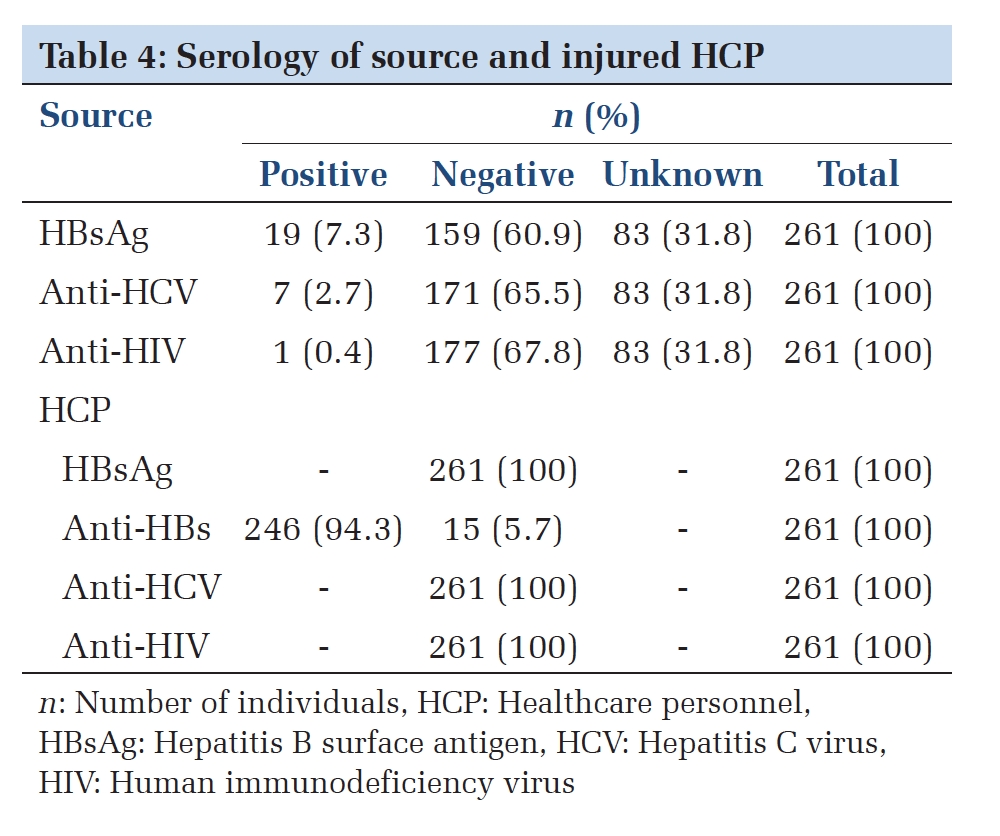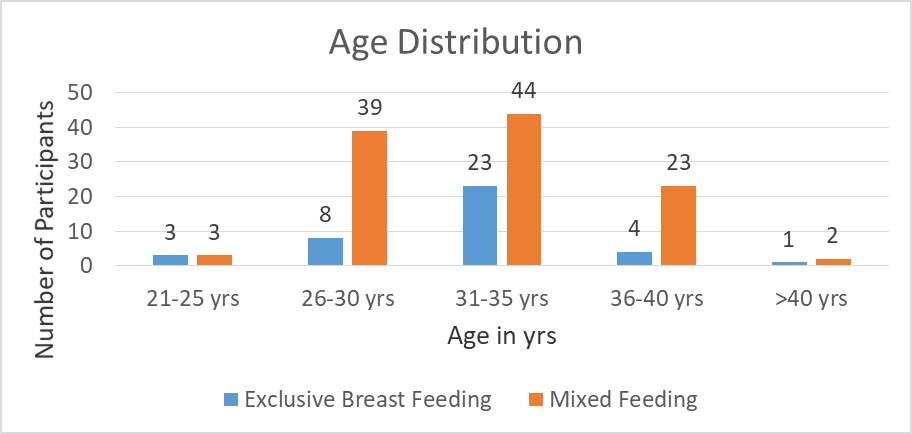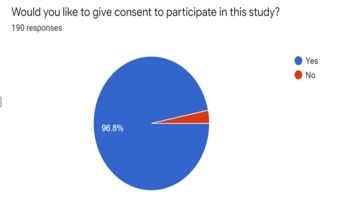Introduction
Personality traits, in addition to well-known factors like socioeconomic status and cognitive ability, predict important life outcomes such as health and lifespan, marital success, educational and occupational attainment. 1 Personality traits may also affect work outcomes because people take an active role in shaping their work environment and has direct effects on performance leading to achievement. 2, 3 Type-A and Type-B are two dichotomous parallel personality types. These two categories of adolescents exhibit different personality traits and everyone has elements of each type, however one or perhaps two, will dominate. 4
Reaction time provides an indirect index of the integrity and processing ability of the central nervous system and is a simple, non-invasive means of determining sensory and motor coordination and performance of an individual. 5 Reaction time represents the level of neuromuscular coordination in which the body decode visual or auditory stimuli that travel along afferent pathways and reach the brain as sensory stimuli through various physical, chemical, and mechanical processes. 6 The alertness of a person is determined by how quickly he or she responds to a stimulus and that depends on his/ her reaction time. It is crucial for our daily lives and requires intact sensory skills, cognitive processing, and motor performance. 7
Personality traits may promote certain kinds of task effectiveness via information processing, higher positive emotions assist the efficient processing of complex information and are related with creative problem-solving. 3 A lot of studies have been conducted on personality and the reaction time separately, but data are scarce on the influence of personality on reaction time. Therefore, the present study was hypothesized to determine the association of reaction time (Auditory and Visual) with varied personality subjects.
Material and Methods
An observational cross-sectional type of analytic study was conducted after taking approval from the institutional ethical committee and informed consent from the participants. A total of 111 healthy subjects (aged 17-23 years) having no known auditory and visual disturbance were included for the study purpose. Subjects having any acute and chronic illness or taking any type of medication, alcohol, smoking, and tobacco chewers, with any pathology or injury to the upper limb, left-handed, not willing to participate or non-cooperative and incapable of understanding the procedure or incompletely filled questionnaire were excluded from the study.
To collect data, keen participants were interviewed as per pre-designed proforma, which had personal information regarding socio-demographic profile like age, gender, body mass index and type of family. Participant's socioeconomic status was identified according to the revised B.G. Prasad Scale. 8 The participants were also subjected to “Glazer-Stress Control lifestyle” questionnaire and accordingly they were divided into three types of personalities: Type-A, Type-B, and Type-AB personalities. 9 It consists of 20 questions each question has two extremes on a Linkert scale ranged 1 to 7. The subjects had to choose the proximity of answer in terms of numbers. Then the numbers of all the answers were added. After that, according to their total score the personality was classified as follows:
Type-A personality 80 to 140 total scores
Type-AB personality 60-79 total scores
Type-B personality <59 total scores
Reaction time was recorded with the help of “Audio-Visual reaction time apparatus” by Medisystem. It had a resolution of 0.1 seconds and display accuracy of 100% being the pizeo electric crystal used for 100% accuracy of time. The apparatus has two modes of stimulus, auditory and visual. Auditory Reaction Time (ART) was recorded for low and high pitch (frequency) sound stimuli and Visual Reaction Time (VRT) was recorded for the red and green light with the right hand. As soon as the stimulus was perceived by the subject, he/she responded by pressing the response key or switch by the index finger of the right hand as quickly as possible in a quiet well illuminated room. The display indicated the response time in seconds. The procedure was repeated three times and the minimum time taken to press the response key was recorded as reaction time.
Statistical Analysis
All the data were collected in an excel sheet and analyzed using IBM SPSS Statistics 20. The qualitative data was presented in percentage and proportions, and analyzed by using the chi-square test while quantitative data was presented in mean and standard deviation, and analyzed by one-way ANOVA. The P-valve < .05 considered as significant.
Results
A total of 111 healthy subjects of varied personalities participated in the present study; the mean age was 19.21±1.40 years having a normal mean body mass index (BMI) of 20.65± 4.32 kg/m2. Male subjects (61%) outnumbered the female participants (39%) and more than half were doing exercise. The nuclear family (59%) was the preferred mode of living and the majority of subjects belonged to class-II socioeconomic status (86%) (Table 1).
|
Variables |
Frequency |
Percentage (%) |
|
|
Gender |
Male |
68 |
61.26 |
|
Female |
43 |
38.74 |
|
|
Exercise |
No |
24 |
21.62 |
|
Irregular |
63 |
56.76 |
|
|
Regular |
24 |
21.62 |
|
|
Type of family |
Nuclear |
65 |
58.56 |
|
Joint/Extended |
32 |
28.83 |
|
|
3 Generation |
14 |
12.61 |
|
|
Socioeconomic status |
I |
1 |
0.90 |
|
II |
95 |
85.59 |
|
|
III |
10 |
9.00 |
|
|
IV |
4 |
3.60 |
|
|
V |
1 |
0.90 |
|
N = Number of subjects
Chi-square analysis depicts non-significant difference in age (P=0.489), sex (P=0.894), BMI (P=0.398), exercise (P=0.505), type of family (P=0.905) and socioeconomic status (P=0.820). So, these sociodemographic factors do not influence study participants' personality hence the data was compatible for study purpose.
Study participants' mean visual reaction time (red and green light) was higher as compared to mean auditory reaction time (low and high frequency) (Table 2).
|
Reaction Time (Sec) |
Mean (± SD) |
|
ART (Low Frequency) |
0.162 (±.0292) |
|
ART (High Frequency) |
0.161 (±.0299) |
|
VRT (Red Light) |
0.192 (±.0291) |
|
VRT (Green Light) |
0.188 (±.0315) |
N = Number of subjects; SD = Standard Deviation
As depicted from Figure 1 maximum (13/20th) subjects belongs to Type-A personality, followed by Type-AB (6/20th) and Type-B personality (1/20th).

The reaction time for both auditory and visual does not vary significantly among various personalities by one-way ANOVA, though the mean visual reaction time (both for red and green light) was numerically high as compared to auditory reaction time (high as well as low frequency) for all the different type of personalities (Table 3).
|
Reaction Time (sec) |
Type of Personalities |
F |
P- value |
|||
|
A |
B |
AB |
||||
|
ART (Low Frequency) |
Mean |
0.161 |
0.167 |
0.162 |
0.11 |
0.896 |
|
±SD |
0.026 |
0.023 |
0.037 |
|||
|
ART (High Frequency) |
Mean |
0.162 |
0.167 |
0.157 |
0.449 |
0.639 |
|
±SD |
0.028 |
0.044 |
0.032 |
|||
|
VRT (Red Light) |
Mean |
0.192 |
0.193 |
0.190 |
0.046 |
0.955 |
|
±SD |
0.030 |
0.019 |
0.031 |
|||
|
VRT (Green Light) |
Mean |
0.191 |
0.187 |
0.184 |
0.503 |
0.606 |
|
±SD |
0.029 |
0.066 |
0.028 |
|||
N = Number of subjects; P-value = Level of significance
Discussion
The reaction time was not influenced by the personality of the subjects, as a non-significant association of personality traits with Auditory and Visual Reaction Time was observed. The present cross-sectional study found that the majority of subjects belong to Type-A personality (65%), after that Type-AB (30%), and only a very small section of participants (5%) belongs to Type-B personality.
In the present study mean visual reaction time (red as well as green light) was high as compared to auditory reaction time (low as well as high frequency) in all the personality traits. Reaction to sound is faster than the reaction to light, confirmed by many studies with mean visual reaction times ranging from 180 to 200 milliseconds and auditory reaction times ranging from 140 to 160 milliseconds. 10, 11 Perhaps this could be owing to the fact that a visual stimulus takes 20-40 milliseconds whereas an auditory stimulus only takes 8-10 milliseconds to reach the brain. 12, 13
Furthermore, it has been postulated that sound entering the ear reaches the relevant receptors with particular no loss of time, however, the rods and cones are not directly activated by light for the visual reaction time, and the photochemical process in between takes an appreciable amount of time. 14 Dissimilar to the present study, Shenvi DH and Balasubramanian PA (1994) observed higher ART values than VRT values and were explained by proposing that the auditory route must be more polysynaptic than the visual pathway. 15
In contrast to earlier studies, the present study depicts that the level of various personalities (Type-A, Type-B and Type-AB) had no impact on different reaction times including ART (low as well as high frequency) and VRT (both red and green light). 11, 16, 17 Earlier different studies had found faster reaction times in extroverted personality, according to Brebner JT et al., and in anxious personality types, according to Welford and Nettelbeck. 16, 11, 17 Lenzenweger reported that subjects with schizophrenia had slower reaction times as compared to normal people but with the same error rates. 18 Bolmont B et al. observed that individuals having 'expedient' and 'reserved' personality traits could have slight advantages in processing information on stimulus-response tasks. 19
The possible reason for the maximum number of Type-A personality study participants in the present study may be that Type-A personality-prone adolescents are characterized by an excessive competitive drive to accomplish more within a limited time. 20 Type-A individuals are ambitious, meticulously organized, highly status-conscious, sensitive, impatient, anxious, proactive, and time-conscious with more aggressive, competitive, and outgoing behaviour. While type-B personality has lower stress levels as work steadily and enjoy the achievement. As compared to Type-A counterparts, when competing Type-B personality may place less emphasis on winning or losing rather prefers to enjoy the game regardless of the outcome. 21 As the present study participants are of professional background and a competitive environment may influence their personality, and this may be the result of having a maximum number of Type-A personality trait subjects. The probable reason for the non-significant association between personality and reaction time in the present study could be attributable to the study participants, the maximum of them shows Type-A personality traits.
Strength and Limitation
The maximum number of subjects representing Type-A personality in the present study belongs to the professional branch that reveals that ambitious, competitive, proactive members of the society belong to the professional branch. The present study findings may be helpful and can be used as a guidance tool by the students, parents, academicians, and counsellors for opting different streams as a carrier for better achievements and success.
The current research was limited to a professional group of persons. So, to generalize and validate the present findings, a large-scale follow-up study involving school students and subjects from different professional and non-professional streams of society is needed.
Conclusion
The auditory and visual reaction time was not influenced by the personality of the subject. The majority of participants belongs to “Type-A” personality indicates that the competitive, still ambitious, proactive nature of young healthy subjects does not influence the basic neurophysiological characteristics of the human body.













